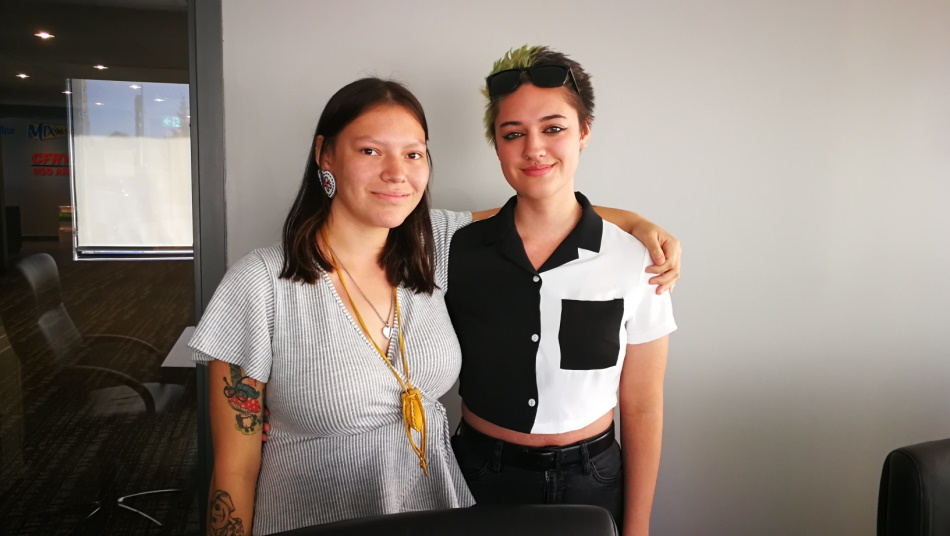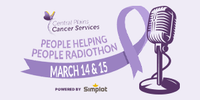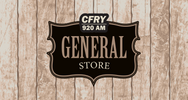Fascinating information was rediscovered and displayed in preparation for the recent "I Heart Heritage" event at the Fort la Reine Museum. It was put on in cooperation with the Portage Learning and Literacy Centre and the Portage Community Revitalization Corporation.
Community coordinator assistant youth intern Jacinda Houle says the Ukrainian and Indigenous pavilion at the museum displayed the meeting of Ukrainian newcomers to Canada and the local Indigenous population when similarities between the cultures were first discovered.
"It's actually a story that often goes untold and unheard," says Houle. "It took a lot of researching to find out what their relationships were like. So, I dug deep and found an article by Maria Yurichuk. She wrote a book about her family generations ago, about their story. She's from a Ukrainian family and wrote about the time when they first settled in Canada. On my board at the pavilion, I quoted her and the quote basically said their family got caught in a snowstorm and they were stuck and they didn't know what to do. They basically said they were thankful for the Indigenous peoples there that helped them out, and they wouldn't have survived without them."
Houle says because of that, they learned many skills from them and traded fabrics and other items.
"The kukum scarf is a scarf with floral material on it," continues Houle. "A lot of dancers and Indigenous people wear those scarves in solidarity to the Ukrainian people and the similarities between them. There's some history behind that where they would trade fabrics. They based their relationships with each other on trading and helping each other with skills. The Indigenous people helped them with a lot of survival skills. I came across a beautiful story."
She notes Yurichuk went in depth about how thankful she was for the Indigenous people helping out her Ukrainian family generations ago.
"It's really cool with the similarities with the regalia and the dance outfits that are like the Ukrainian dancers have," adds Houle. "The ribbon dress is also very similar to our traditional outfits, which is our ribbon skirts. The Kukum scarves and their scarves are very similar, too. There are similar patterns, except you can really tell the difference between the authentic Ukrainian ones because they have fringes on theirs."
Communities Youth Building Futures youth intern Ryan Lucko says the main pattern of Ukrainian scarves, called the Bubushka scarves (buba - grandmother's - scarf) were floral.
"The floral pattern comes from the central region of Ukraine and the Volyn region," says Lucko. "It's typically a skirt pattern for young girls in the region. It was a really big part of building up those relationships. When the Ukrainians came to Canada for the first time, they came in contact with the Indigenous peoples, and they traded not only materials but a lot of skills and knowledge. Both communities at the time were like facing a lot of oppression. So, they grew together."
Lucko notes other similarities included the Métis jackets and the Auchan men's jackets.
"Another one is the braiding of sweetgrass in Indigenous culture," continues Lucko. "In Ukraine, you've got braiding of wheat. These similarities were there before they came in contact with each other."
Houle adds the beadwork between the two peoples was also extremely similar.
"The significance of circles, beadwork, artwork and food is shared by both peoples," notes Houle. "It was so interesting to just be in my workplace and doing my own research. I'm learning so much. I never knew this before. What I realized is that it's often a story that goes untold and not many people know about it. So, I'm glad I had this opportunity to do that research and to further educate others about it because it's really important and it's also really beautiful."












